1. Voting in Costume
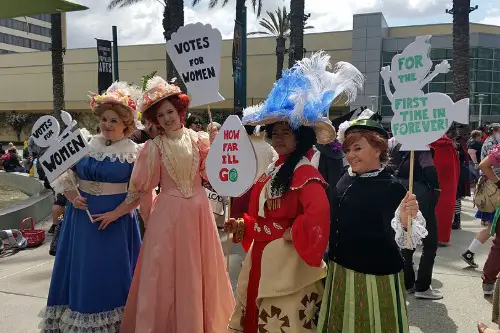
Some voters show up dressed as historical figures, superheroes, or suffragettes—especially when a woman is on the ballot. In 2016 and 2024, white outfits symbolizing the suffrage movement became a viral trend. It’s theatrical patriotism with a nod to history. The polling place becomes a runway.
But the costumes don’t influence policy or turnout. They’re symbolic gestures that make great photos but little impact. Still, reporters flock to polling stations for the best-dressed voter. And yes, someone wore a Statue of Liberty hat.
2. The Cookie Poll
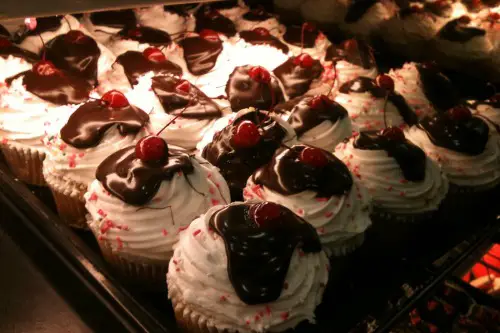
Every four years, bakeries like Busken Bakery in Ohio sell cookies decorated with candidates’ faces and tally sales as a “poll.” The tradition began in 1982 and has correctly “predicted” nine out of ten elections. Customers are encouraged to “chews wisely,” and local media treats the results like breaking news. It’s sugar-coated democracy.
But the cookie poll has zero scientific validity. It reflects foot traffic and frosting preference more than voter sentiment. Still, it gets airtime and headlines every cycle. And yes, someone always eats the losing candidate.
3. “I Voted” Sticker Selfies
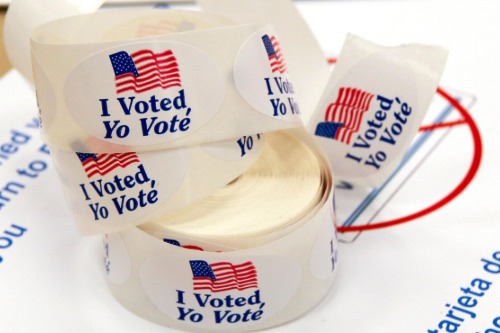
The “I Voted” sticker is treated like a badge of honor—worn proudly and posted online. Social media floods with selfies, hashtags, and sticker placement creativity. It’s civic engagement with a filter. The sticker is more visible than the ballot.
But the sticker doesn’t verify informed voting or meaningful participation. It’s a performative ritual that gets more coverage than down-ballot races. Still, it’s beloved and expected. And yes, someone puts it on their dog.
4. Visiting Susan B. Anthony’s Grave

In Rochester, New York, voters—especially women—place their “I Voted” stickers on Susan B. Anthony’s headstone. It’s a tribute to suffrage and a symbolic thank-you. The grave becomes a pilgrimage site every election. It’s reverence with adhesive.
But the gesture doesn’t change outcomes or reflect turnout. It’s emotional, not electoral. Still, news crews cover it like a spiritual event. And yes, the cemetery prepares for sticker overflow.
5. Election Day Cake
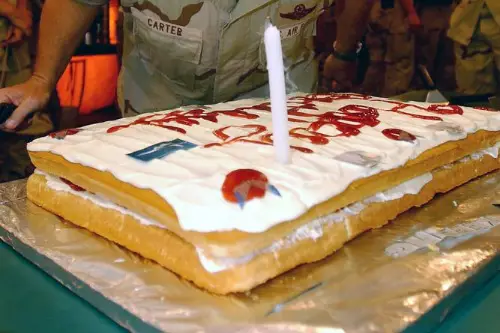
Dating back to the American Revolution, Election Day Cake is a yeasted fruit cake once baked to celebrate civic duty. Recipes still circulate online, and some communities revive the tradition. It’s history you can eat. The cake is dense—with symbolism.
But few Americans bake or eat it anymore. It’s more folklore than food, yet it resurfaces in election-year articles. Still, it gets coverage as a quaint reminder of early democracy. And yes, someone adds bourbon.
6. The First Vote in Dixville Notch

This tiny New Hampshire town votes at midnight and announces results minutes later. With fewer than a dozen voters, it’s purely symbolic—but always televised. Candidates and pundits treat it like a bellwether. It’s democracy in a snow globe.
But the sample size is laughable, and the results rarely predict anything. Still, it’s tradition, and cameras show up every time. The town gets its moment—however brief. And yes, someone always votes alone.
7. Election Day Bake Sales
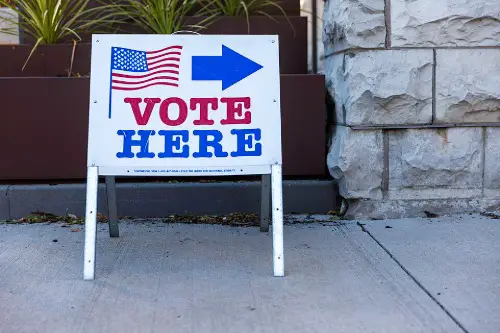
Outside polling stations, schools and community groups host bake sales to raise funds and boost turnout. Tables of brownies and cupcakes become part of the voting experience. It’s sugar with civic spirit. The snacks are bipartisan.
But the bake sales don’t affect policy or participation rates. They’re local flavor with national coverage. Still, they make great B-roll for news segments. And yes, someone debates cookie pricing.
8. The “No Idiots” Clause in Ohio
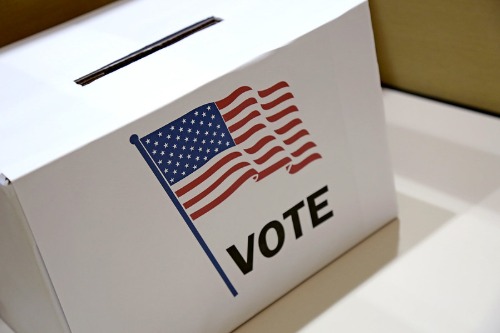
Ohio’s constitution technically prohibits “idiots” from voting—a relic from the 19th century. The clause is unenforced and outdated, but resurfaces in election-year trivia. It’s legal absurdity with historical flair. The language is archaic—and offensive.
But it gets coverage every cycle as a quirky footnote. It sparks debates about constitutional reform and civic literacy. Still, no one’s been barred for idiocy. And yes, the clause still exists.
This post 8 Election-Year Traditions That Mean Absolutely Nothing but Still Get Coverage was first published on American Charm.


